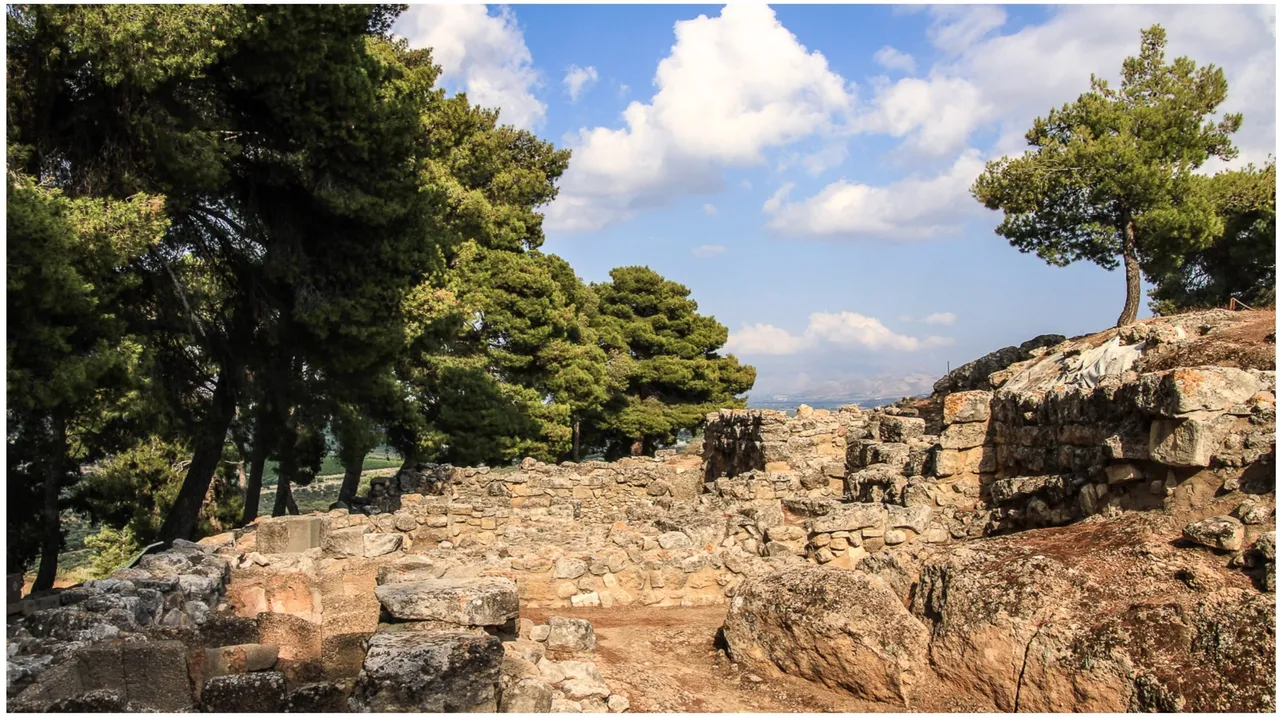
Greetings Steemians!
Welcome once again to the continuation of my discovery tour!
Today, we will visit Phaistos, the Minoan metropolis from the Bronze Age. Phaistos is beautifully located on a hilltop in the middle of the fertile plains of Messara. Built around 1900 BC, it was destroyed like all other Minoan cities during a mysterious catastrophe in 1450 BC. What exactly led to the downfall of the Minoan culture is still subject to speculation.
The ruins of Phaistos are one of the most impressive testimonies of Minoan culture on the Crete island. In contrast to Knossos, the larger and perhaps even more famous excavation, the ruins in Phaistos have fortunately only been preserved yet not restored. The restoration of ancient remains always means to some extent the realisation of assumptions. In Knossos, restoration led to a strange and somewhat irritating co-existence of ancient building remnants with contemporary bricks and mortar. Not so in Phaistos, where one can admire the authentic and unaltered building fabric of the perished minoan civilization. Phaistos really is a must if you ever happen to visit Crete.
Now let’s enter and start the tour!
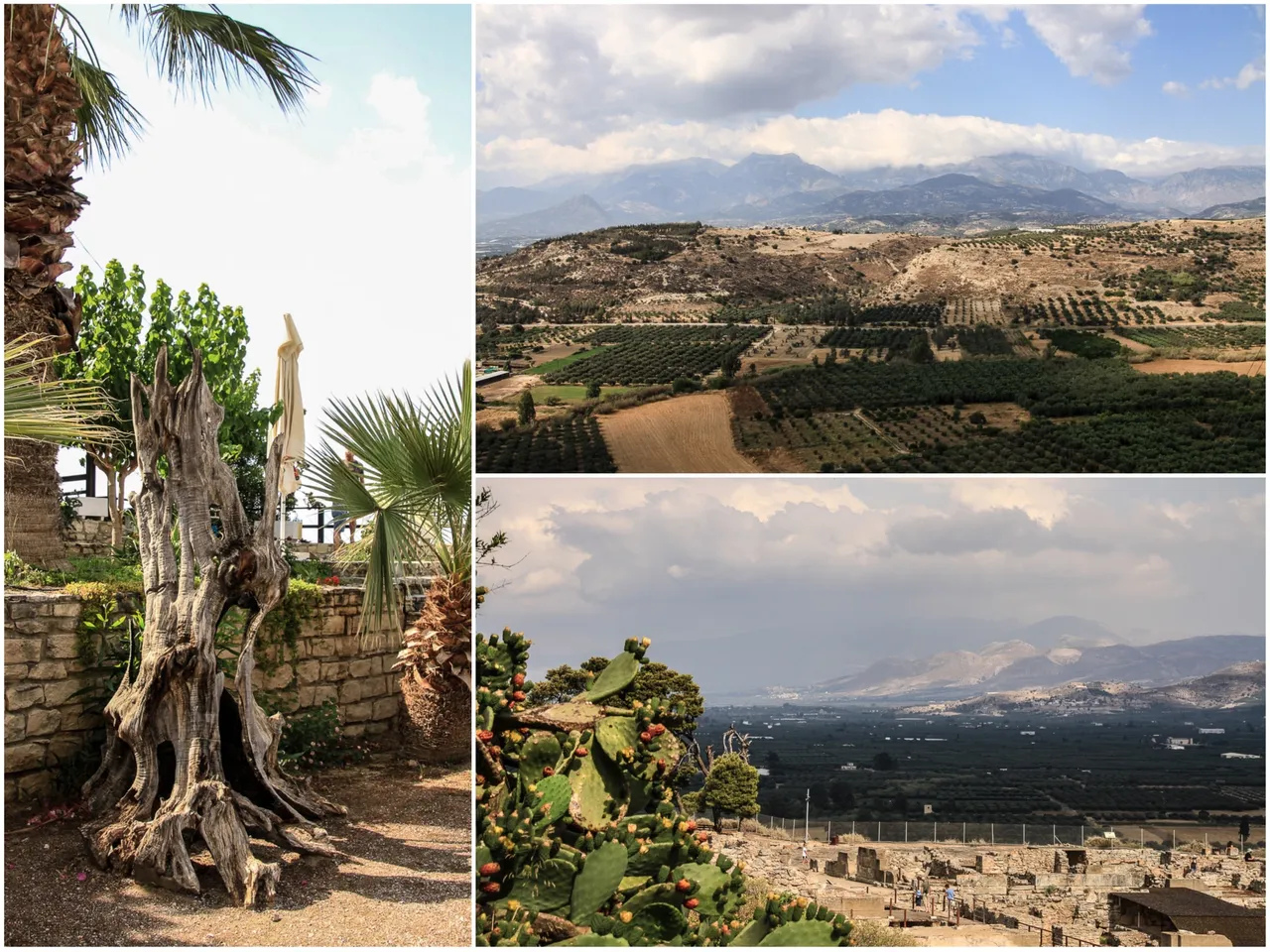
The skeleton of an old olive tree at the entry reminds us of the impermanence of all things.
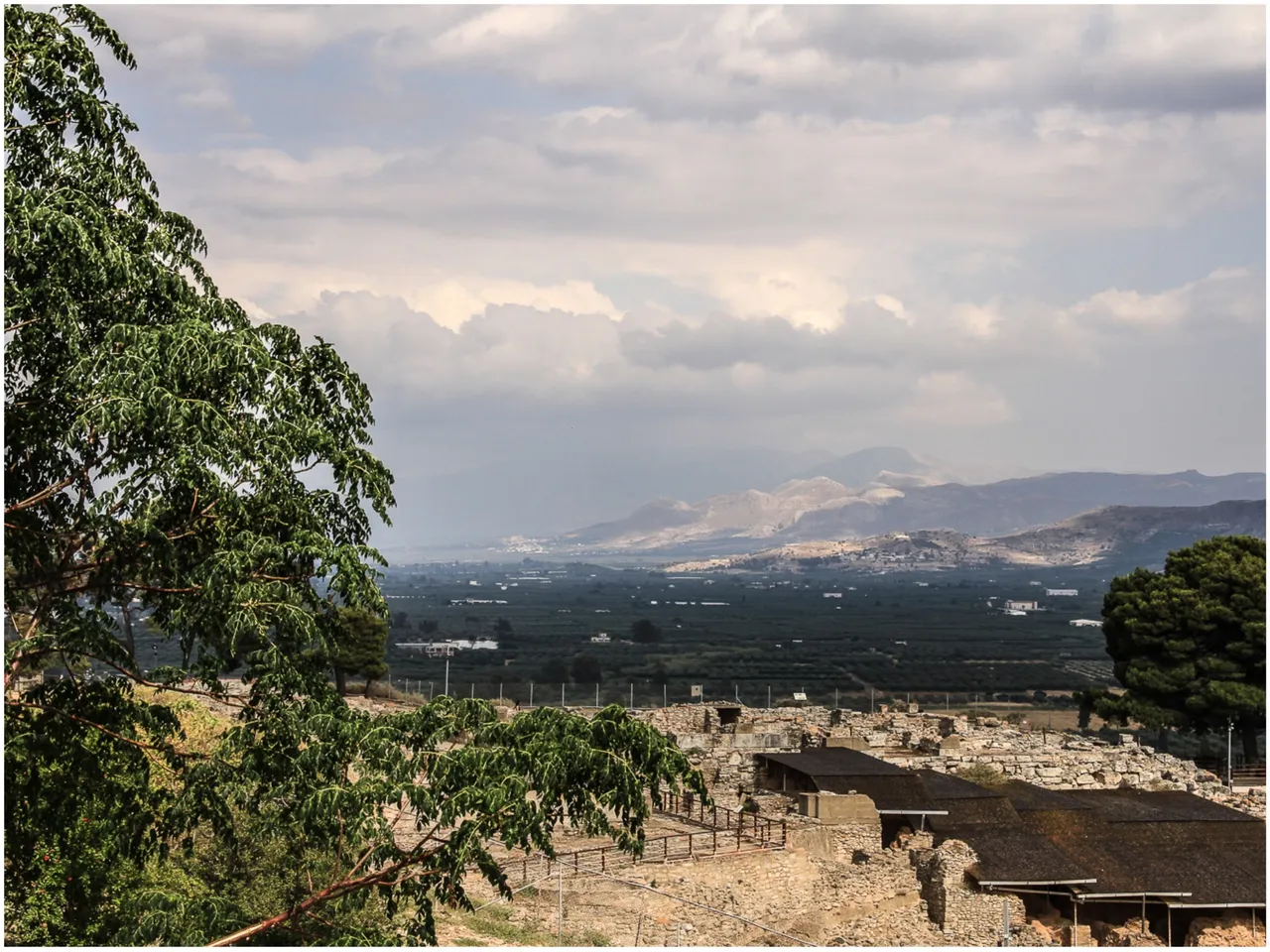
The view on the ruins from the tourist pavilion with the ample plains of Messara in the background.
From the entrance area we reach the large west court via a staircase. The west court was already built during the first stage of the city's construction and served as an important meeting place for the inhabitants of that time. I sat there for a while, trying to visualize how those inhabitants may have looked like, how they were dressed and what they were pursuing during an ordinary day of their live.
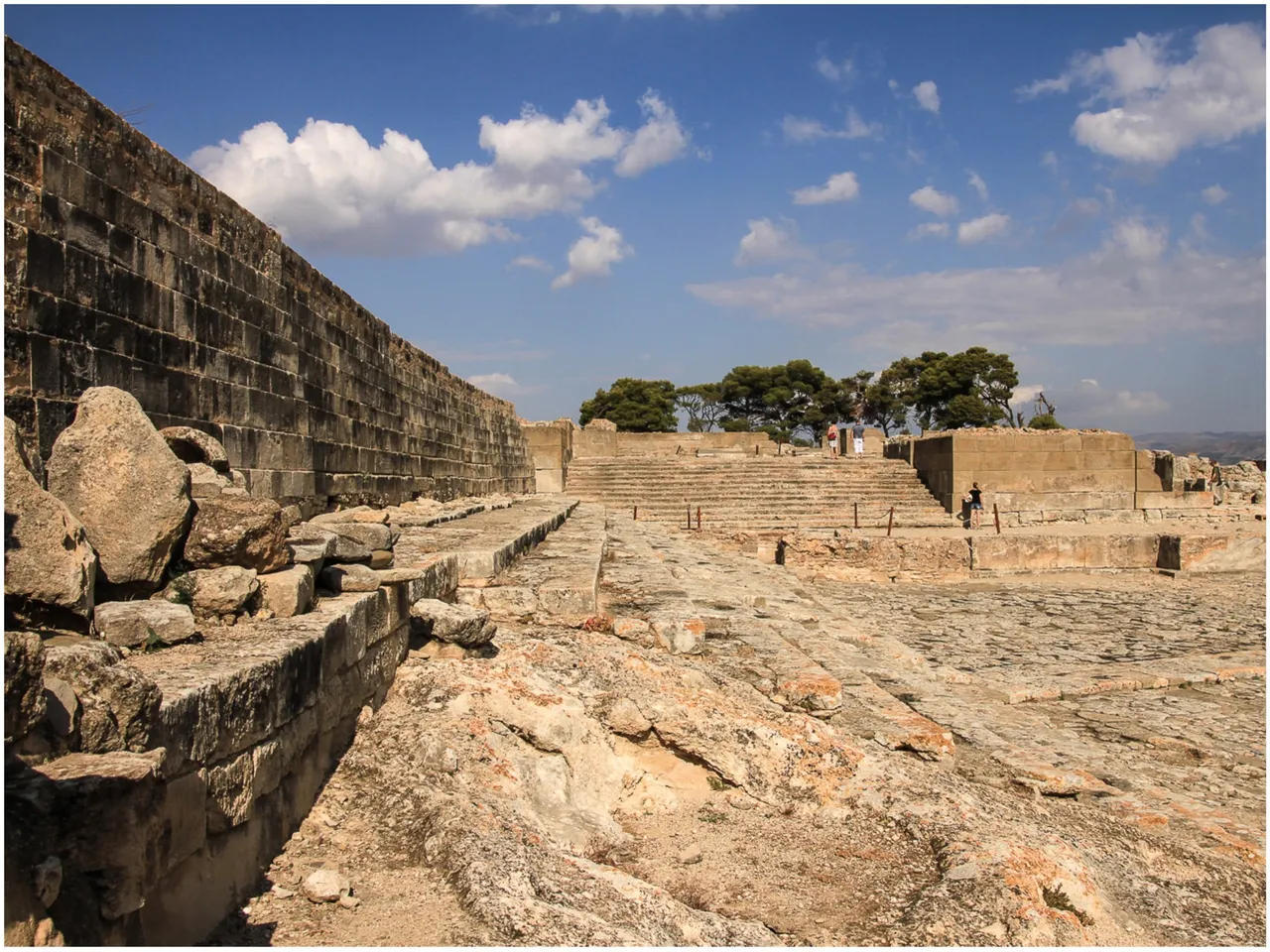
To the north, the court is bordered by a high wall with eight extensive stairway steps at it's foot.
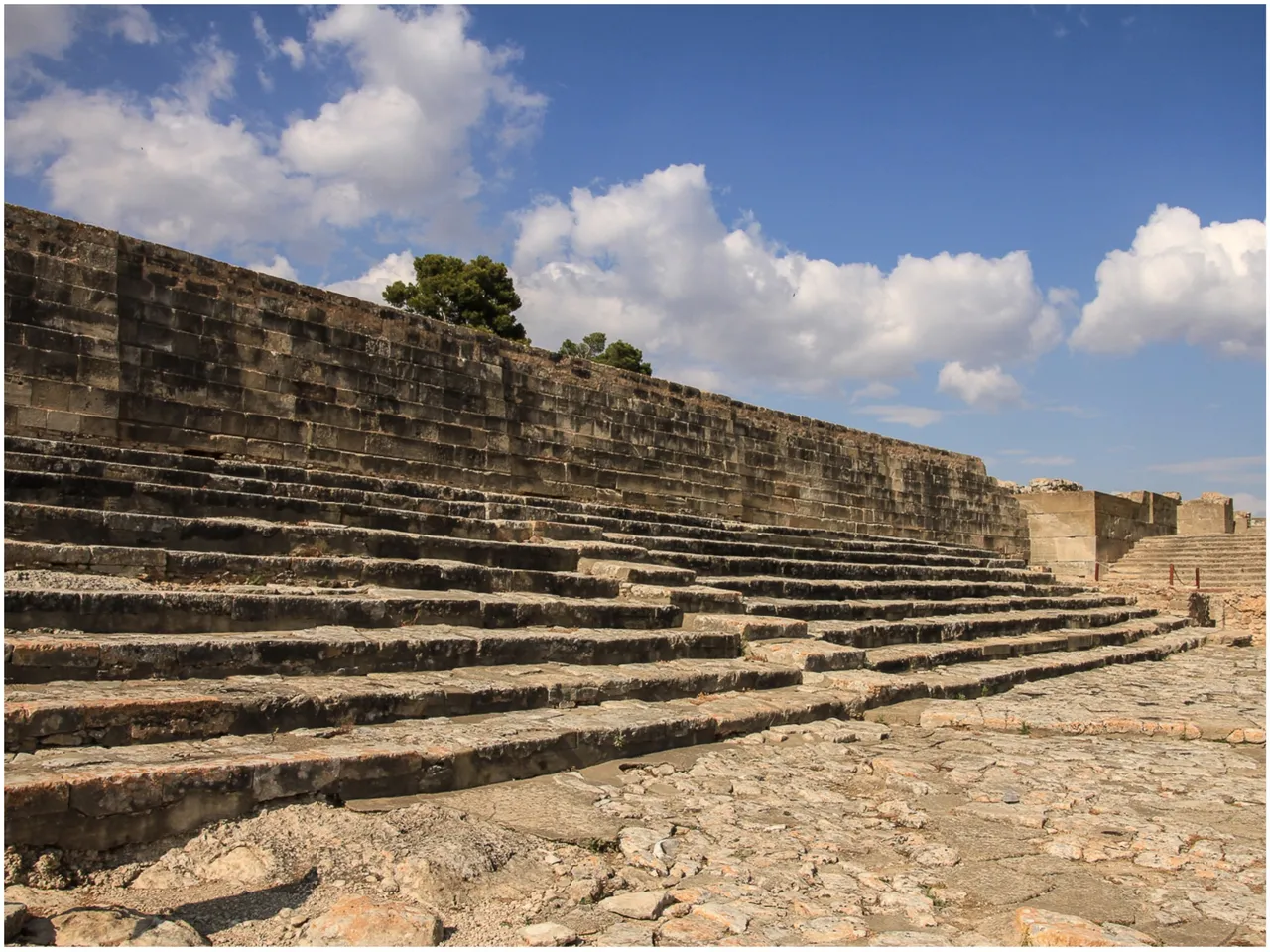
It is assumed that the inhabitants of the city had taken their place on these stairs to attend religious customs and festivities. The court has probably also been used as a theatre in more recent times.
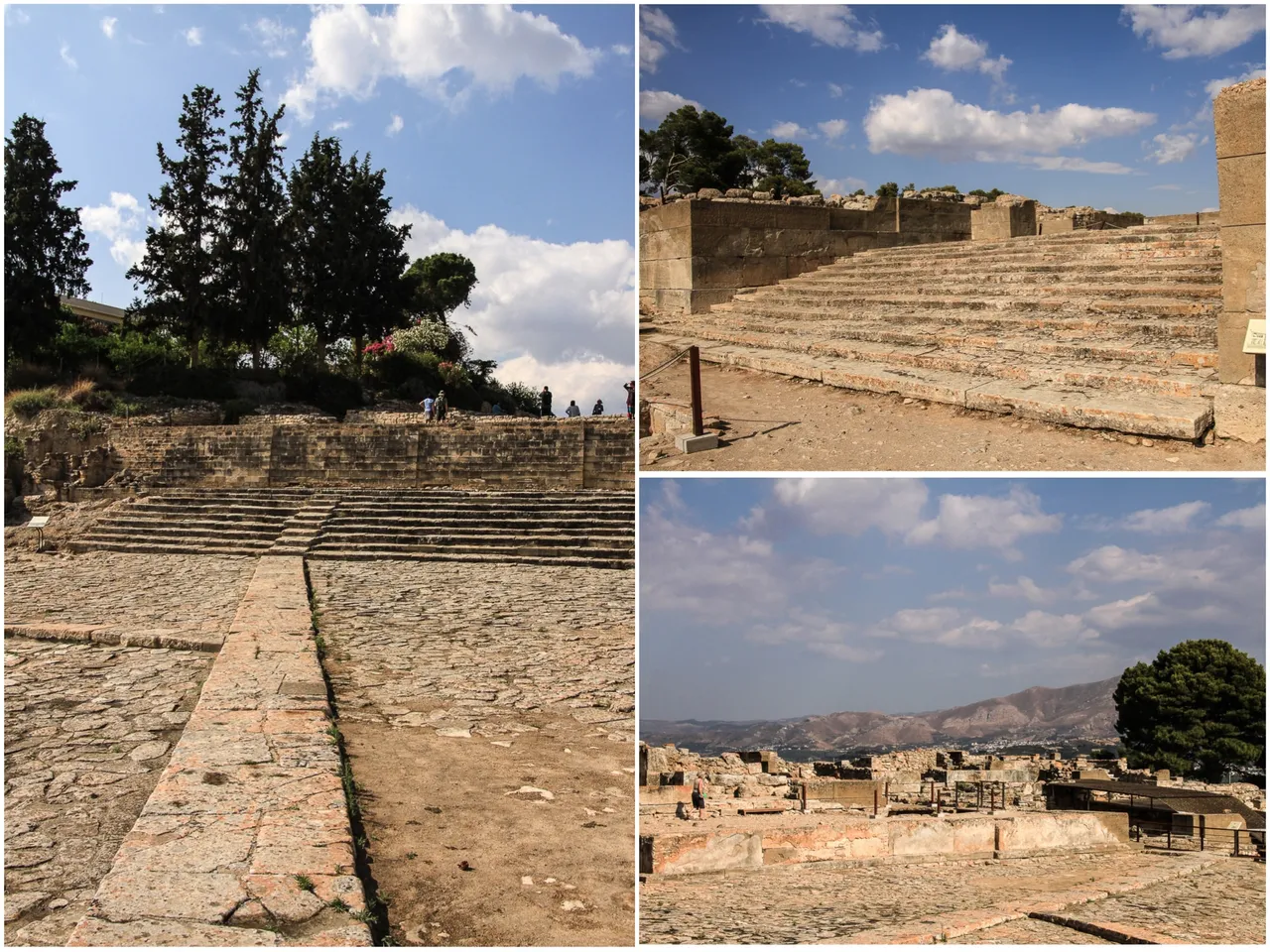
An elevated procession path leads across the court. The king's throne presumably stood at the end of this path.
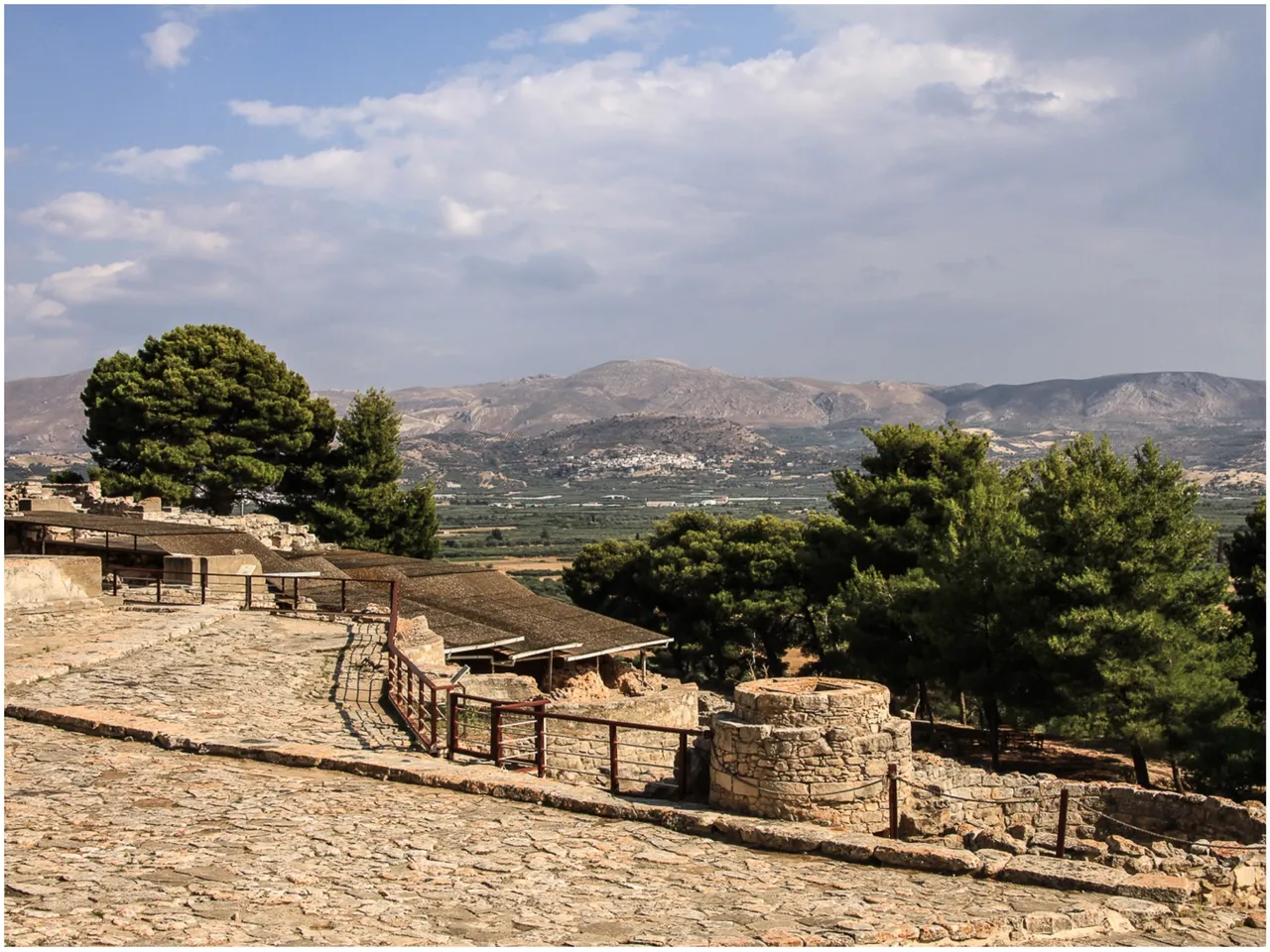
At the lower end of the west court there are several round constructions.
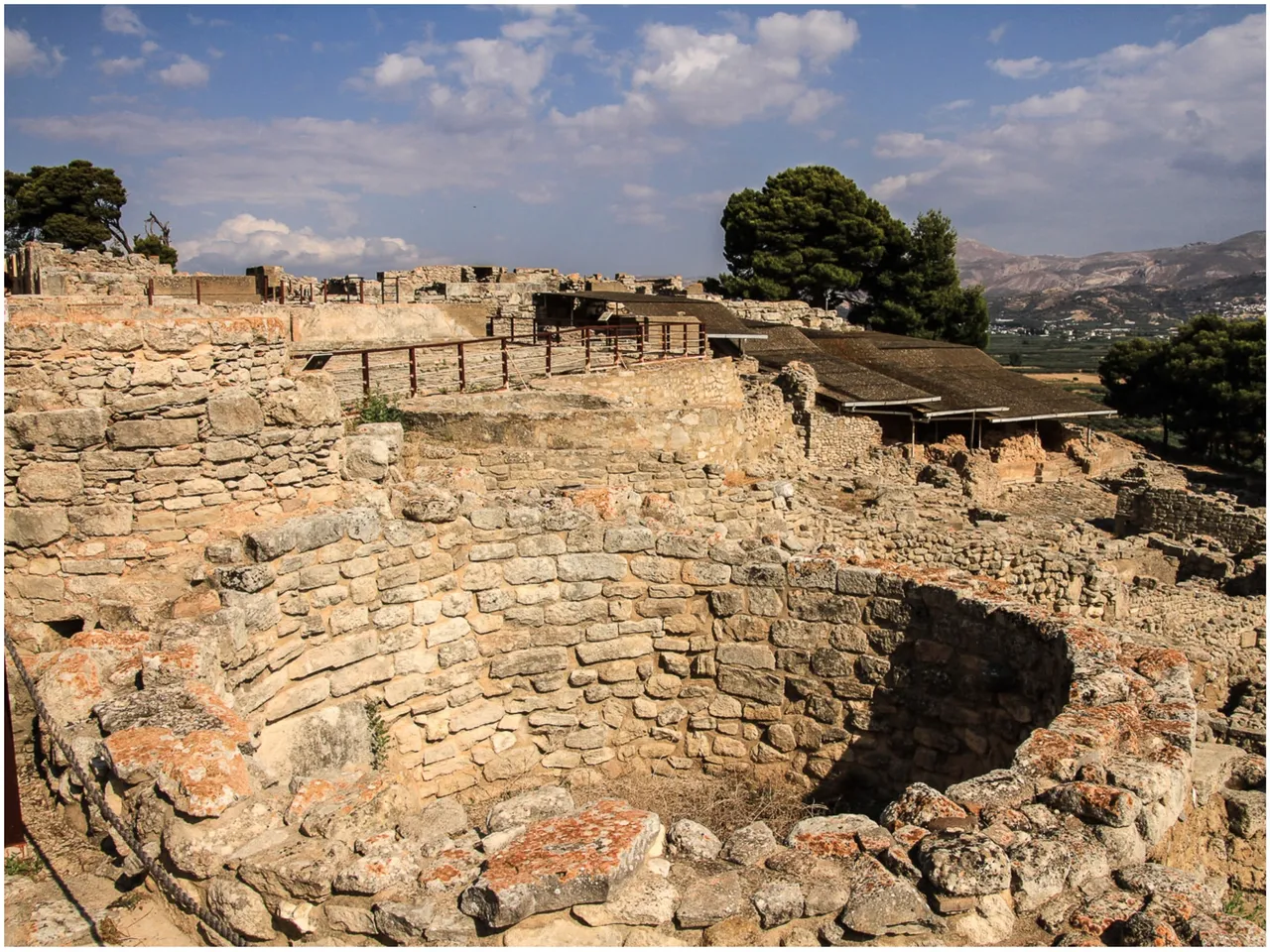
These circular pits were presumably used as grain silos to store the city's supplies.
In the next episode we will head towards the central courtyard, the very heart of the palace. I hope I can welcome you there again.
Until then, thanks for watching and enjoy your time on Steemit!
Shaka
All photos were recorded by myself with an EOS 7D / Tamron 18-270 mm in May, 2018. All rights reserved.
Discovering Crete - All previous posts:
 |
 |
| Part 1, Agiofárango, the Gorge of Saints I | Part 2, Agiofárango, the Gorge of Saints II |
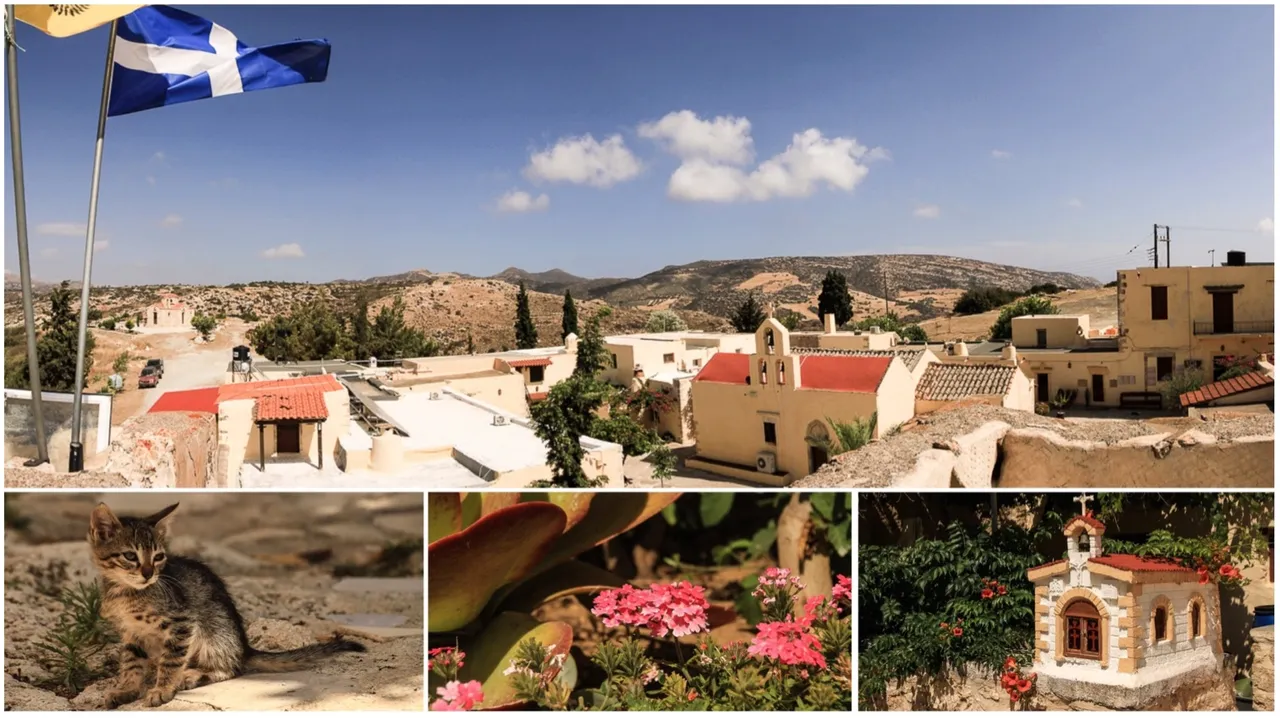 |
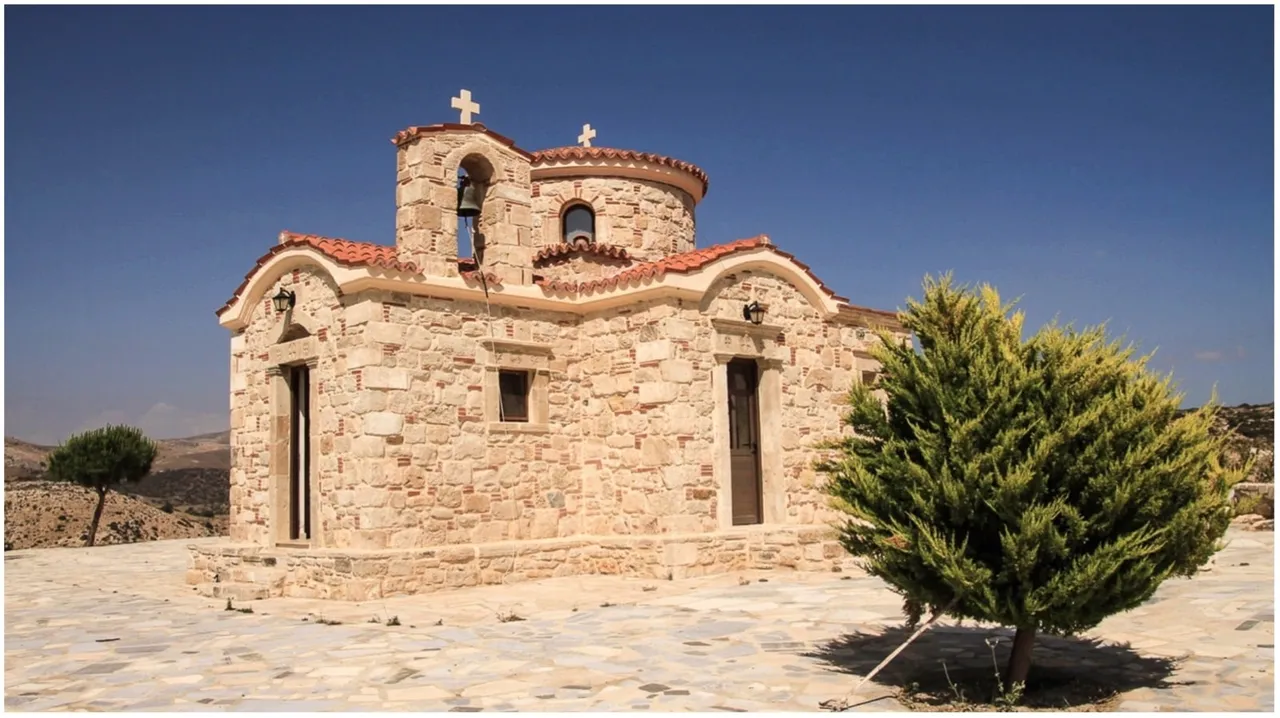 |
| Part 3, Monastery Odigítrias I | Part 4, Monastery Odigítrias II |